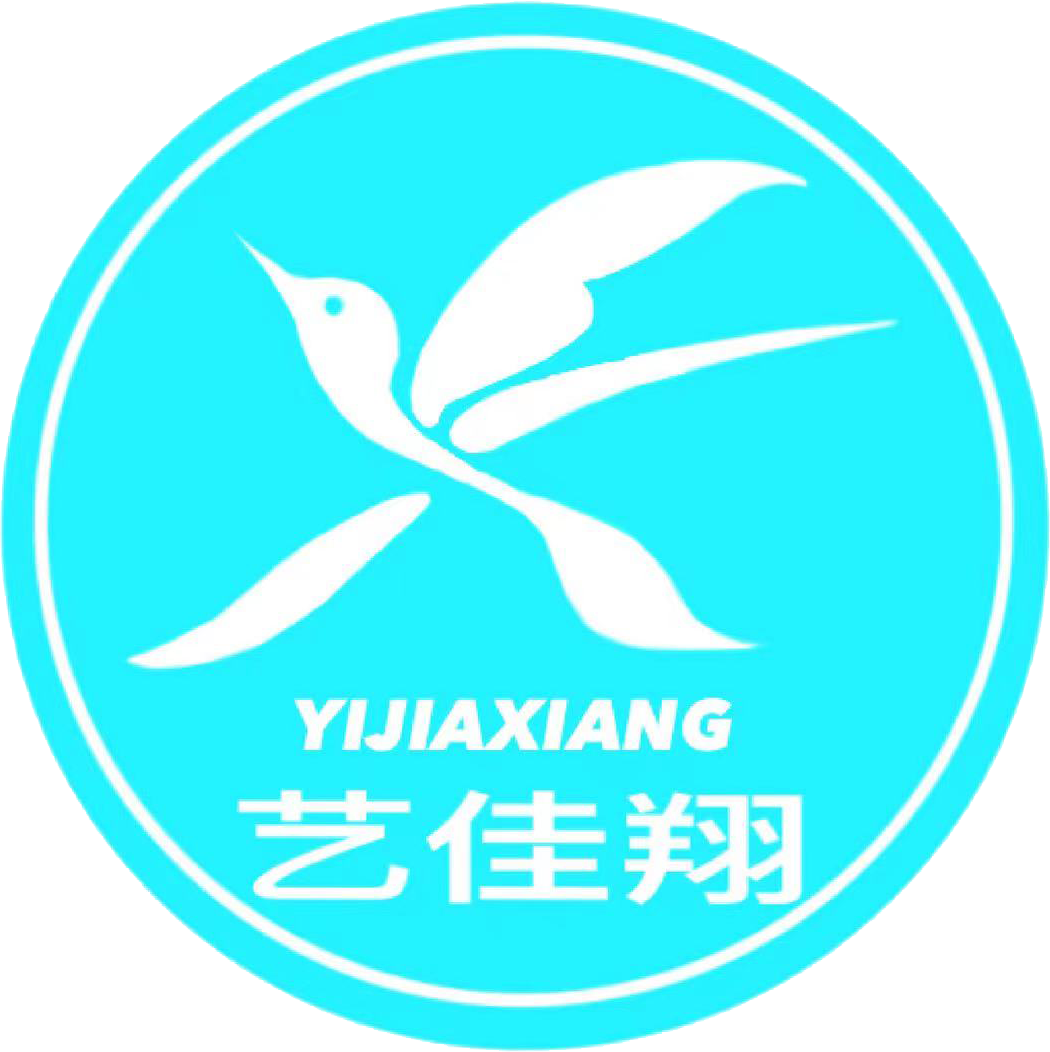26
2025
-
04
Understanding Silicone Printing: A Modern Approach for Textile Products
Silicone printing is a specialized method used extensively in the textile industry, particularly for creating vibrant, durable prints on a wide range of fabrics. Unlike traditional screen printing or heat transfer methods, silicone printing utilizes silicone-based inks that provide unique benefits, making it an increasingly popular choice for textile manufacturers and designers.
One of the most significant advantages of silicone printing is its durability. Silicone inks are known for their exceptional resistance to high temperatures and harsh washing conditions. This makes them ideal for products that require long-lasting prints, such as sportswear, outdoor gear, and work uniforms. The flexibility of silicone inks also allows them to maintain their integrity and adhesion even under stretch and movement, making them suitable for activewear and fitted clothing.
Moreover, silicone printing offers excellent color vibrancy and retention. The inks are available in a wide spectrum of colors, ensuring that designers can achieve the desired aesthetic for their textile products. Additionally, silicone inks are often more environmentally friendly than traditional plastisol inks, as they typically contain fewer harmful chemicals and are less likely to contribute to environmental pollution.
The application process of silicone printing is also noteworthy. It can be performed on various substrates, including cotton, polyester, and blends. The versatility of this printing technique allows for the creation of intricate designs, ranging from simple logos to complex patterns. Furthermore, silicone inks can be layered, enabling designers to experiment with textures and effects that enhance the visual appeal of their products.
In the realm of sustainability, silicone printing stands out. The inks are non-toxic and have a low environmental impact compared to other printing methods. This aspect aligns with the growing demand for eco-friendly practices in the textile industry, making silicone printing a responsible choice for manufacturers aiming to reduce their carbon footprint.
In summary, silicone printing is an innovative and versatile printing technique that offers numerous benefits for textile products. Its durability, vibrant colors, and eco-friendly nature make it an attractive option for professionals in the textile industry. As the demand for high-quality, sustainable products continues to rise, understanding silicone printing and its applications can provide significant advantages in product development and market positioning. Embracing this advanced printing method can ultimately lead to enhanced product quality and customer satisfaction in the ever-evolving textile landscape.
One of the most significant advantages of silicone printing is its durability. Silicone inks are known for their exceptional resistance to high temperatures and harsh washing conditions. This makes them ideal for products that require long-lasting prints, such as sportswear, outdoor gear, and work uniforms. The flexibility of silicone inks also allows them to maintain their integrity and adhesion even under stretch and movement, making them suitable for activewear and fitted clothing.
Moreover, silicone printing offers excellent color vibrancy and retention. The inks are available in a wide spectrum of colors, ensuring that designers can achieve the desired aesthetic for their textile products. Additionally, silicone inks are often more environmentally friendly than traditional plastisol inks, as they typically contain fewer harmful chemicals and are less likely to contribute to environmental pollution.
The application process of silicone printing is also noteworthy. It can be performed on various substrates, including cotton, polyester, and blends. The versatility of this printing technique allows for the creation of intricate designs, ranging from simple logos to complex patterns. Furthermore, silicone inks can be layered, enabling designers to experiment with textures and effects that enhance the visual appeal of their products.
In the realm of sustainability, silicone printing stands out. The inks are non-toxic and have a low environmental impact compared to other printing methods. This aspect aligns with the growing demand for eco-friendly practices in the textile industry, making silicone printing a responsible choice for manufacturers aiming to reduce their carbon footprint.
In summary, silicone printing is an innovative and versatile printing technique that offers numerous benefits for textile products. Its durability, vibrant colors, and eco-friendly nature make it an attractive option for professionals in the textile industry. As the demand for high-quality, sustainable products continues to rise, understanding silicone printing and its applications can provide significant advantages in product development and market positioning. Embracing this advanced printing method can ultimately lead to enhanced product quality and customer satisfaction in the ever-evolving textile landscape.
silicone printing

Telephone:18850529927

Mailbox:87339004@qq.com

Address: Room 401, No. 90 Huliyuan, Tong 'an District, Xiamen City

WeChat QR
Copyright©2023 Xiamen Shunyi Xingyuan Industry and Trade Co., Ltd.SEO Tags

 Language
Language






